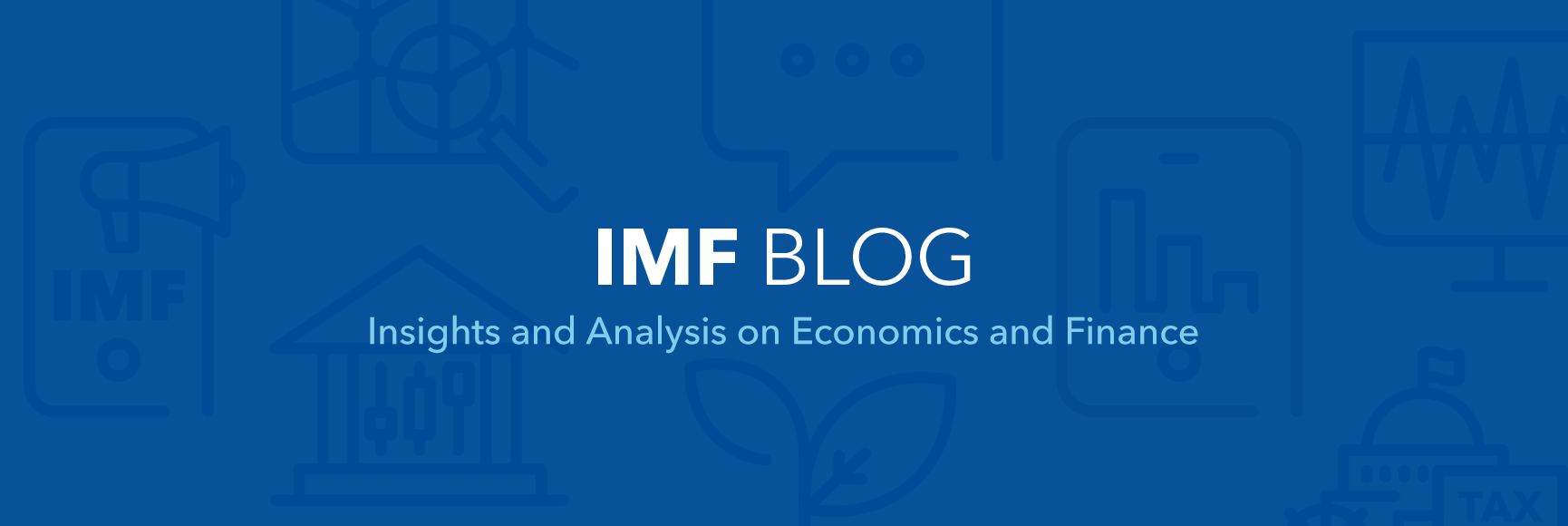For all the talk today about capital flows into emerging economies, the topic has actually been debated for many years within the IMF.
For a decade or more, we have grappled with the idea that very large capital flows into successful emerging market countries were almost inevitable and would prove extremely difficult to manage.
And now, with capital flows becoming larger and more volatile, old policy dilemmas are resurfacing with even greater force.
Awkward dilemma
The argument went as follows:
- Capital was scarce in emerging market economies relative to advanced economies. This would mean that rates of return would be higher as technology and institutional effectiveness caught up. Higher returns, together with the likely strengthening of emerging market currencies, would probably elicit large capital inflows.
- If monetary policy sought to contain demand by raising interest rates, this would attract more capital inflows and lead to correspondingly larger current account deficits. But if interest rates were set relatively low—to avoid these inflows—domestic investment would far exceed saving. Again, there would be large current account deficits.
- This awkward dilemma for monetary policy could be resolved by market forces if market risk premiums took proper account of underlying vulnerabilities (like the size of the current account deficit). But this turns out to be a rather big “if.”
Along the route from very large capital inflows to excessive current account deficits and eventual financial crises there would be numerous warning signs: very rapid credit expansion, much of it in foreign currency; asset price bubbles; a shift in resource allocation out of tradable goods and into nontraded assets (most obviously, housing); substantial private sector vulnerability to foreign exchange risk; and, finally, a sudden jump in market risk premiums, often for reasons unrelated to domestic policies.
Benign or dangerous?
Perhaps the most interesting part of this whole story is this generalization: different markets react to external forces at different speeds—asset markets much more quickly than product markets. And the speed of reaction is critical in determining the path an economy will take.
- In the old days, capital inflows were regarded as wholly benign, and helpful to development and growth. By easing a domestic financing constraint, capital inflows would increase income and growth.
- The new view suggests in contrast that surges in capital inflows could well have seriously detrimental effects. For example, the easing of credit conditions would raise prices of assets, chiefly real estate prices. This would divert resources into these assets, rather than benefitting domestic manufacturing. With the availability of overseas-funded bank loans, the increase in real estate prices could become self-reinforcing, to the detriment of other sectors like export production, and a housing price bubble would ensue.
Theory becomes reality
Since these topics were first broached at a theoretical level, we have witnessed developments in a number of emerging economies in Europe that reinforce the concerns and underscore the implications for policy.
In the decade or so before the global financial crisis we saw very rapid growth in these economies. Until about 2003 this proceeded, for the most part, in a benign fashion—these countries were becoming more integrated into the advanced western European countries, and trade was booming. All was well.
But, then the warning signs emerged: capital inflows fueled excessive credit expansion, very large foreign exposures increased vulnerability, resources shifted out of tradable goods and into nontraded assets, real estate booms took off, and current account deficits widened.
The global financial turbulence prompted a reassessment of risk—a jump in market premiums—that interacted with the vulnerabilities in these emerging European economies to set off crises. Housing bubbles were pricked and burst, the foreign-financed bank credit dried up and wrought havoc on bank balance sheets.
But the underlying vulnerabilities, and thus the severity and duration of the downturn, differed substantially across this group of countries.
Live and learn
Two lessons may be learned from the experience.
First, the choice between fixed and flexible exchange rates is important, but perhaps not for reasons that are usually put forward.
- A fixed exchange rate—insofar as it is seen as an exchange rate guarantee—encourages rapid inflows and foreign exchange exposure, thus exacerbating vulnerabilities. Equally important, under a fixed exchange rate it is very difficult to stop credit booms. Once a credit boom starts, it feeds on itself—rising inflation leads to drop in real interest rates, further boosting demand for credit.
- Under a floating regime, countries can moderate excessive credit growth by letting the exchange rate strengthen. This will lower inflation, keep real interest rates higher (and possibly also elicit a perception of foreign exchange risk).
- Poland and the Czech Republic—both of which have floating exchange rates—managed to avoid much of the overheating that took place in fixed exchange rate countries like Latvia, Lithuania and Bulgaria. With much lower initial imbalances and vulnerabilities, they weathered the global crisis much better and have had much faster recoveries.
Second, monetary policy—and policy to stabilize the economy more generally—needs substantial reinforcement. This is particularly true for countries with some inflexibility in their exchange rates because of their commitment to the euro or a particular path to euro adoption. Stabilizing the economy will require policymakers to be keenly attuned to financial conditions and to draw on a menu of policy options, combining the right structural reforms and macroeconomic policies with regulatory (both micro- and macro-prudential) instruments and taxes, and in some cases, even disincentives for foreign currency borrowing or lending.






